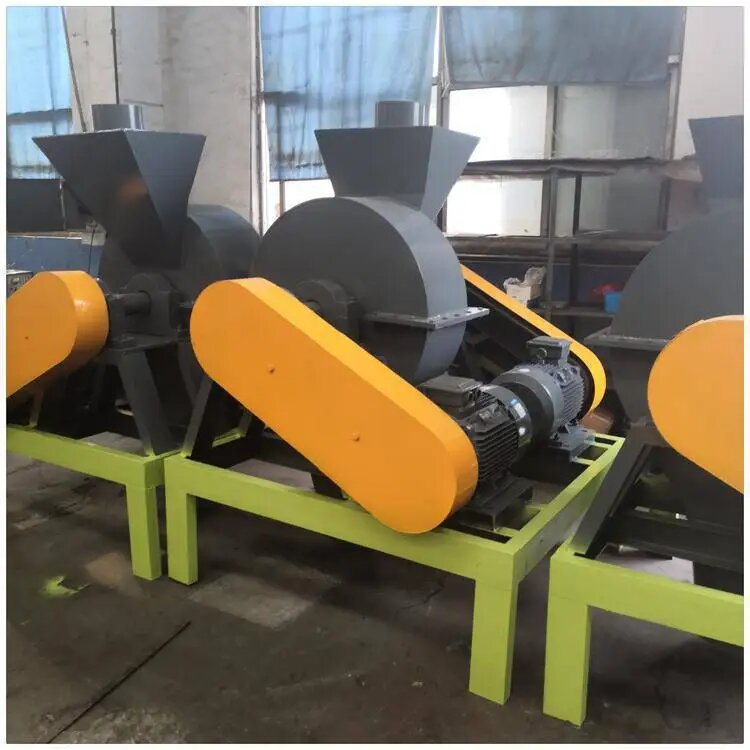Compound Fertilizer Production Process

Compound Fertilizer Production Process

Compound fertilizer production generally involves crushing, batching, mixing, granulating, drying, cooling, screening, coating, and packaging. The specific methods used for granulation, such as wet granulation (e.g., drum granulation, tower granulation), dry granulation (e.g., compacting), or chemical/slurry granulation, depend on the desired nutrient content and the available raw materials.
Detailed Process
Raw Material Handling & Crushing
Raw materials like phosphate rock, potassium salts, and nitrogen sources (e.g., ammonia, urea) are crushed to a suitable size, often using roller crushers, hammer crushers, or other impact mills.
Hammer crushers product drawing
Batching and Mixing
Raw materials are weighed and mixed according to the desired nutrient ratio in a mixer, ensuring uniformity.
Granulation
This is the core process where the mixed material is transformed into granules. Common methods include:
Wet Granulation:This involves forming granules by adding a liquid (water or binder) to the mix. Examples include drum granulation and tower granulation.
Dry Granulation:This process uses compaction methods or chemical bonding to create granules without adding a liquid, such as compacting, milling, and then agglomeration.
Product Example Diagram
Chemical Granulation/Slurry Granulation:This involves mixing raw materials in a liquid phase and then drying the slurry to form granules.
Drying and Cooling
Granules are dried to remove excess moisture, often using fluid bed dryers or rotary dryers. After drying, the granules are cooled to a suitable temperature.
Screening
Granules are screened to remove oversized and undersized particles, ensuring the desired size distribution.
Granules may be coated with a material to improve their physical properties, such as reducing dustiness or enhancing flowability.
Product Example Diagram
Packaging
The finished granules are packaged for storage and distribution.
Key Considerations
Nutrient Ratio
The specific ratios of N, P, and K, as well as micronutrients, determine the type of compound fertilizer being produced.
Raw Material Quality
Using high-quality raw materials is crucial for producing a consistent and effective fertilizer.
Granule Size and Shape
The size and shape of the granules influence their ease of application and effectiveness.
Moisture Content
Proper moisture control is essential for successful granulation and storage.
Temperature Control
Maintaining appropriate temperatures during the various processes is important for both the quality of the fertilizer and the safety of the equipment.








